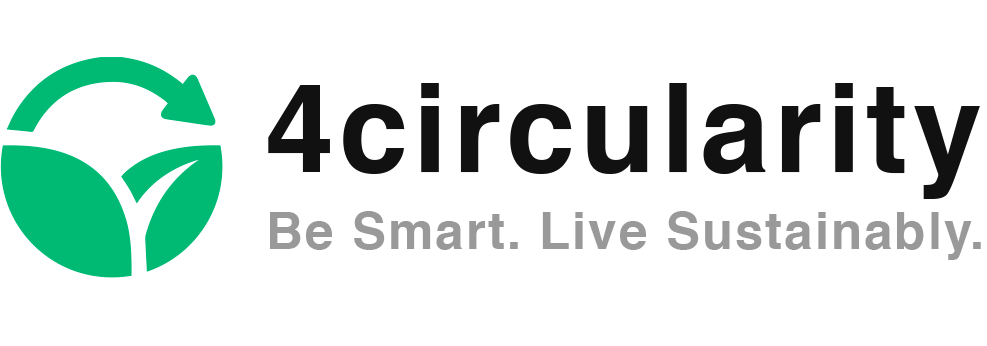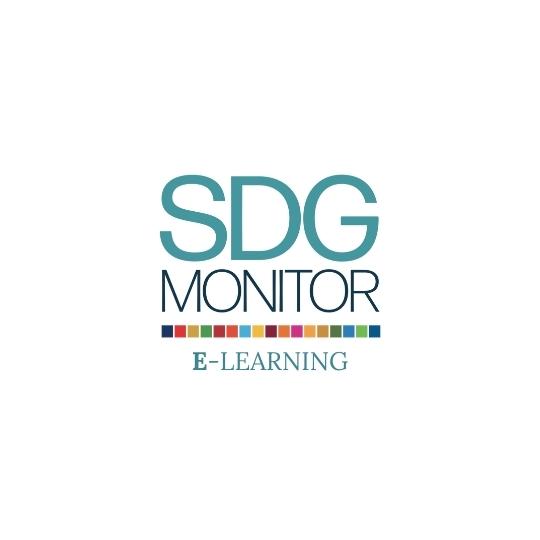The driver for creating a sustainability report often comes from the outside of your company or organization. It is either a must or a requirement from an external body, such as the government or investors who require you to start reporting on your sustainability performance.
So, sustainability reporting is becoming a common practice for companies, big and small. The European Commission requires PLCs with over 500 employees to report non-financial disclosures using a globally recognized framework, such as the GRI. The European Commission directive created a proposal for The Corporate Sustainability Reporting Directive, CSRD, that was adopted on 21 April 2021. It improves entirely the Non-Financial Reporting Directive (NFRD) that was in place before. The CSRD obliges companies to report on their social and environmental impacts according to the EU sustainability reporting standards and have all data validated by an external audit.
In addition to the GRI reporting, there are many other frameworks that companies can use in their reporting on sustainability. It is important to choose the framework(s) that the company is fully committed to, for example, the Science Based Targets Initiative (SBTi), Sustainability Accounting Standards Board (SASB) or the United Nations Sustainable Development Goals (SDGs).
What are the main components of a good sustainability report? Next, I list five main components of a sustainability report that is both transparent and credible but also comparable against your competitors. Once you’ve read them, let me know in comments what do you think?
1. Purpose of sustainability

Every company has a different reason why they start reporting on sustainability. In a good sustainability report the purpose of sustainability is presented clearly to the readers. Once all stakeholders understand the purpose, it makes it easier for them to read the report and evaluate its contents. Include at the beginning of the sustainability report why your company is doing what it is doing in terms of sustainability? What are the desired outcomes of the sustainability goals? How are going to get to your targets? and what is your current level of progress?
2. Decide the responsible team

Creating a sustainability report requires careful planning and process management. Choosing the responsible team and who owns the report is one of the very first tasks to take. Select to the team people from different departments of the company. Important qualities are good writing skills, access to relevant data, authority to take decisions and ability to create visual content to illustrate the sustainability performance of the past year.
3. Clear outline for the sustainability report

Identifying the goals for the reporting and data sources are important for the credibility and overall success of the report. While understanding where the relevant data is and collecting it is also important to focus on time management. Allocating enough time for finding and accessing the data as well as writing the report cannot be underestimated. Pick a publish date and then add 20% to it. Think about the continuity of the sustainability report from one year to the next.
4. Showing real sustainability performance

A sustainability report looks back and presents your past year’s performance in your sustainability goals. Choose industry specific KPIs (Key Performance Indicators), international reporting standards and CO2 calculators that suit the industry you operate in. Your readers want to know the concrete sustainability actions that your company took in the previous year. So, present the real sustainability performance without cherry-picking flattering results. Use tables and infographics to illustrate the performance and let the readers know if the numbers are good or bad. Want to know more? Learn here the five reasons why measuring sustainability performance is important.
5. Transparent communication

Communication is such an important part of sustainability reporting and your brand image that you want to invest in doing it efficiently and transparently. Therefore, make your sustainability report appealing with recognizable visual elements, themes and data graphics that gives the user a clear idea where you are at with your sustainability goals. Show where are you on track, ahead or leaving behind towards your set targets. Remember that your annual sustainability report is not the only way to engage your stakeholders. It creates the basis for your sustainability communications. Use it as a tool in different channels all year round. It is called an annual report, so make the most out of it throughout the year.
E-learning course on Sustainability Reporting
As a relatively new practice, sustainability reporting is considered challenging to produce in companies. Although this is not true and for revoking this thought I want to provide you practical tools that will make your sustainability report efficient!
SDG Monitor E-learning is a great place for improving your skills and getting ready to act tools in measuring, managing and communicating business sustainability. They have just launched a new self-paced course on “How to create a sustainability report?”.
The outcome of this e-learning course is a hands-on roadmap with the main steps for a credible, transparent and comparable Sustainability Report.
The course consists of short video clips that are intuitive with a discussion panel. Each video explains clearly the specifics of each component of the Sustainability Reporting Roadmap. At the end, whether you pass the final exam you get a certificate of completion. Share and show it off to your colleagues and friends on social media!!
I can truly recommend taking the How to create a sustainability report course for anyone interested in or involved in sustainability reporting process. Whether you have never written a sustainability report yet or you want to learn new tricks and tips how to improve your next annual report, the course is useful for you. Finally, do you want to make a sustainability report that is 100% stakeholder-friendly? If you have any questions, please leave them in the comments below.
Sign up here for the “How to create a sustainability report?” e-learning course by SDG Monitor E-learning Academy.



2 Replies to “How to create a sustainability report”